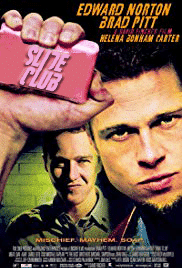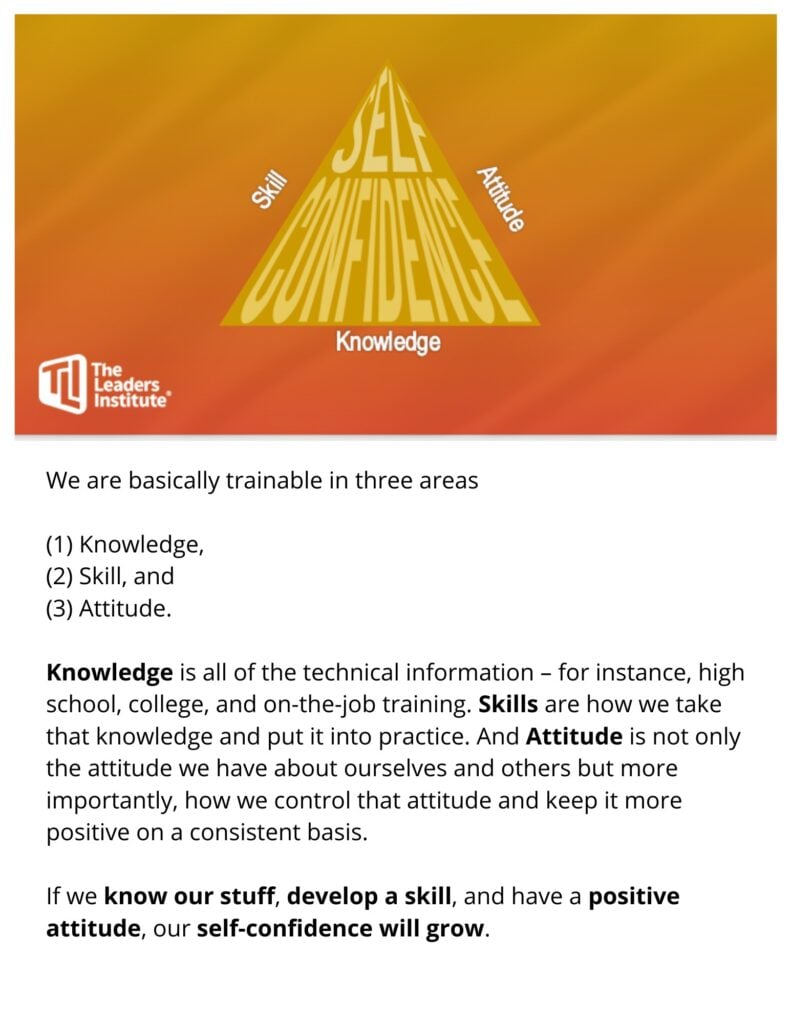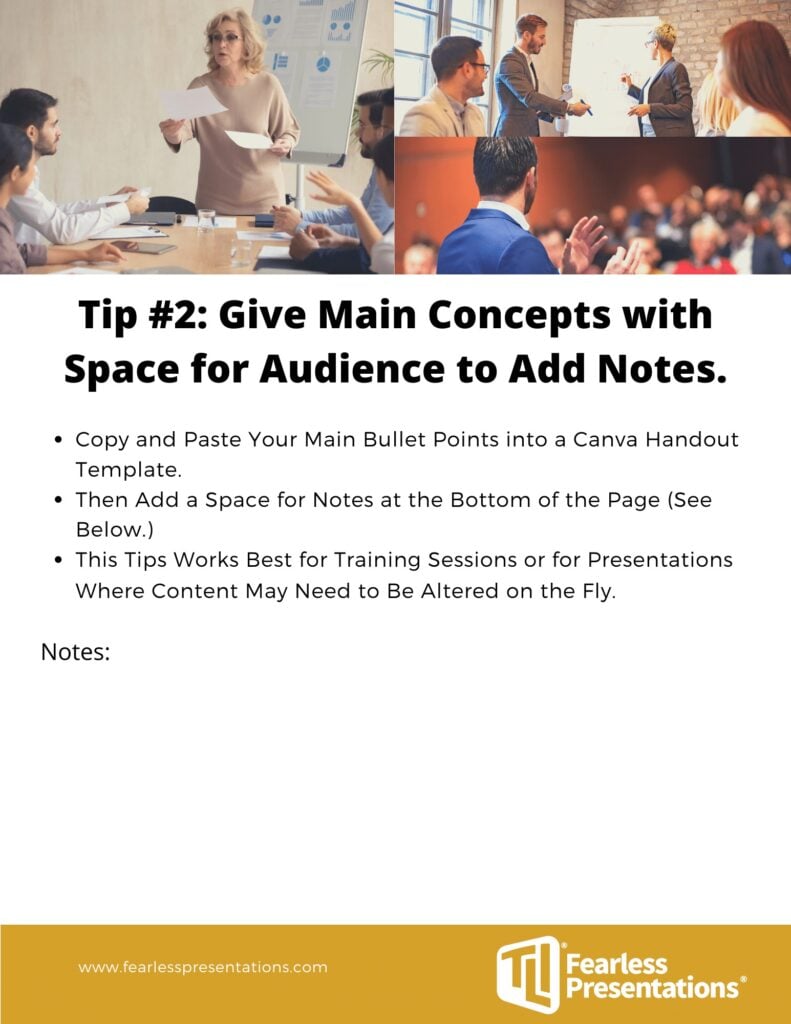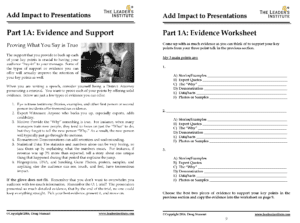

You’ve been asked to give a speech, and you’re excited to give the best presentation possible. You put all kinds of preparation into putting together an amazing presentation and finding the perfect examples to prove your points. Your conference presentation is infused with memorable anecdotes, terrific insights, great visuals, and even a wry joke here or there. You’ve covered every possible angle – or have you?
One of the most often overlooked parts of a presentation is the presentation handouts. So, in this post, we’ll give you a few examples of presentation handouts that you can create very easily and add impact to your speech or business meetings.
Good speakers and lecturers usually give presentation handouts to accompany their speeches. As a result, a great presentation handout can make your speech more memorable. It gives your audience the freedom to listen to your presentation instead of frantically taking notes.
The handouts you provide also help them remember the key points and highlights from your presentation, making your talk even more valuable. People are grateful for a good handout and will remember you (and the main points of your speech) long after the talk ended. Finally, your handout can be used as an exceptional marketing piece. If it is good enough, your audience members will both keep it and share it with others.
Want to beat stage fright, articulate with poise, and land your dream job?
Take the 2-minute public speaking assessment and get the Fearless Presenter’s Playbook for FREE!

This has always been a hard and fast rule in my business presentation classes. But I have to admit, in recent years, I’ve changed my tune slightly here. When I first started teaching presentation classes, PowerPoint was still in its infancy. And the slideshows that people were creating were really awful. Folks would just create a never-ending series of bullet points on a never-ending slide deck. Since most presentations covered way too much content, it was impossible for the audience to retain most of it. In order to prevent information overload, presenters started printing off their slides and distributing the printed slide deck to their audience as a handout. As a result, the presenter ends up with a bad presentation accompanied by a bad handout.
However, if you get creative with your slides, you can actually use a printout of your slide deck to make your presentation more interactive (more on this later). The main point here is if you have a ton of content in your presentation, stuffing that content onto your slides and then just printing out your slides is not a good idea.
I sometimes make this point in class by starting to deliver a data-heavy slide deck. It typically only takes a few slides before someone in class figures out that I’m violating almost every tip that I’m giving them.
At that point, there is usually a nice laugh. I then switch to a better slideshow that is more audience-centered. The funny thing is, though, that before the class figures out that the bad PowerPoint presentation is a joke, someone in the class will often ask me if I will send them the slide deck. So, if your audience is asking you for your slide deck, your presentation is probably not designed very well.

I have to admit, this technique is just a small step above the “printing out your slide-deck” option. However, sometimes, time is short, and you want to make sure that your audience has a good takeaway. Instead of printing out your slide deck alone, go to the Slide Notes option in PowerPoint. For each of your slides, add in a summary of what you will say when you cover that slide.
One of the main reasons that I have always encouraged my class members to not print out their slides is that the slides, without the speaker, aren’t going to make a lot of sense. However, most people will jot a few speaker notes of important information they want to say in the presentation. If you use the techniques that I cover here, you’ll likely create an outline with a few key items. You’ll likely also use stories, examples, analogies, anecdotes, quotes, statistics, and the like. Well, if you already have that content created before you create your slide deck, you could just insert that content into the Slide Notes in PowerPoint. Viola! Instant presentation handouts.

This technique is a great option if either (1) you’re customizing the content of your presentation on the fly for the audience, or (2) you’re conducting a training session and you want to increase retention. As a speaker, I really love to customize my entire presentation content for the audience. Most often, though, unless I go spend some time with the client group before the presentation, I have to tailor my content as the seminar is going on. So, I will create a handout or a presentation workbook with my main content items — perhaps a few data points that I know I will use. Then, I will add some white space in between each item for the audience to write in their own notes.
A friend of mine leads three-day training boot camps where he teaches social media marketing and website development. His handout is a three-ring binder full of printed pages. Each page has a series of rules followed by a quarter page of blank space. I once asked him, since the content that he was delivering was so detailed, why didn’t he just type it up and include it in his manuals.
He laughed and told me that he used to do that very thing. But the content in his industry was changing so quickly that, the moment he printed a new manual, those additional details would already be outdated. So, now, he just prints the core message. Then, he allows his students to fill in the blanks with the most current content that he delivers from the stage. (He gets fantastic reviews, by the way.)
I love this technique. It keeps the audience involved. It also allows the audience members to write out the content that is most important to each of them at the time they attended the meeting.

Either of the first options will work if you’re presenting to coworkers. However, if you are presenting to an external audience or charging a fee, you’ll want to create a higher level of presentation handouts. This type of handout works best for a training session, a breakout session, a seminar, or a speech where the audience is paying you a fee.
You want to include the content from your presentation in a written format. But you also want to add additional information that you won’t cover in the presentation. This is the technique that we use in our seminars and workshops.
For instance, if you are going to use a story as a piece of evidence in your verbal presentation, use a different story in your handout. If you use an analogy in your presentation, use a quote in your handout. When you use audience participation in your presentation, use a unique photograph in your handout.
If you do this, your target audience will see you as a valued expert on the topic. By the way, it is okay to use some of the same content in your slideshows, your oral presentations, and your handouts. It is important to be consistent. However, you want your verbal presentation to cover some key ideas that aren’t in your handout. And you want your handout to cover detailed information that you don’t speak about.
This type of presentation is a great handout because it becomes a textbook for your presentation. It does take longer to create a well-prepared handout. But you will find that the value to your audience far outweighs the additional effort.
During the presentation, you’ll want to say something like, “I’ve given you additional examples in your handout,” or “If you want the full step-by-step approach, you can download the handout from my website at [your URL].”
Add a list of reference material for further reading
Your audience members will want to pick your brain. They want to know where you went to school, what kind of work experience you have, and most of all, where they can read more about your topic.
There’s a ton of resources out there, so instead of having your audience sort through them (or risk boring them with way too much detail in the presentation), just lead them in the right direction with your recommended reading. If the book is hard to find, or only available online, remember to include the link to where it can be purchased.
Consider adding a worksheet or action sheet
Depending on the type of presentation or speech you’re giving, you will likely have a call to action at the end, where you will encourage people to change or act on something related to your talk.
If a worksheet helped you implement these changes before, include it for your audience. Even a notes section located in the back of your handout will be an effective tool in case your audience wants to jot something down.What did your last handout look like? What will you change for next time? Let us know if you end up implementing any of these tips.
For additional help, here are a few additional posts:

Doug Staneart is the CEO of The Leader's Institute. LLC and founder of the Fearless Presentations class. He is author of Fearless Presentations, Mastering Presentations, and 28 Ways to Influence People.
Corporate Office
The Leaders Institute ®
2016 E Randol Mill Rd, Suite 417,
Arlington, TX 76011 (800) 975-6151
© 2001 – 2020 The Leaders Institute, LLC. All Rights Reserved. | Privacy Policy | Site Map
This 5-day email course gives you everything you need to beat stage fright, deliver presentations people love, and land career and business opportunities… for free!